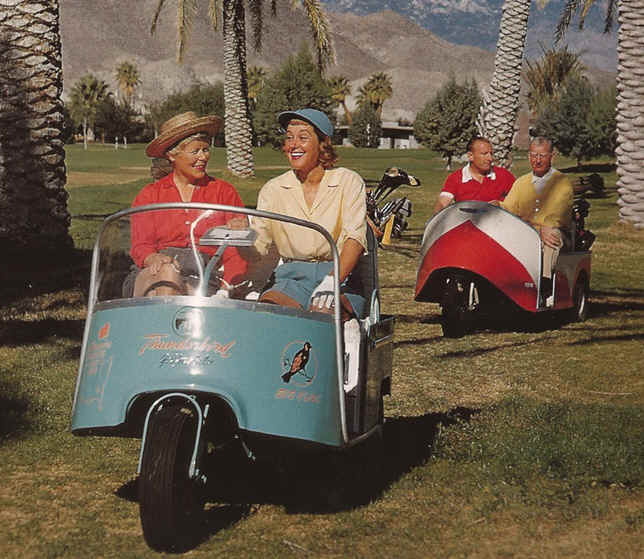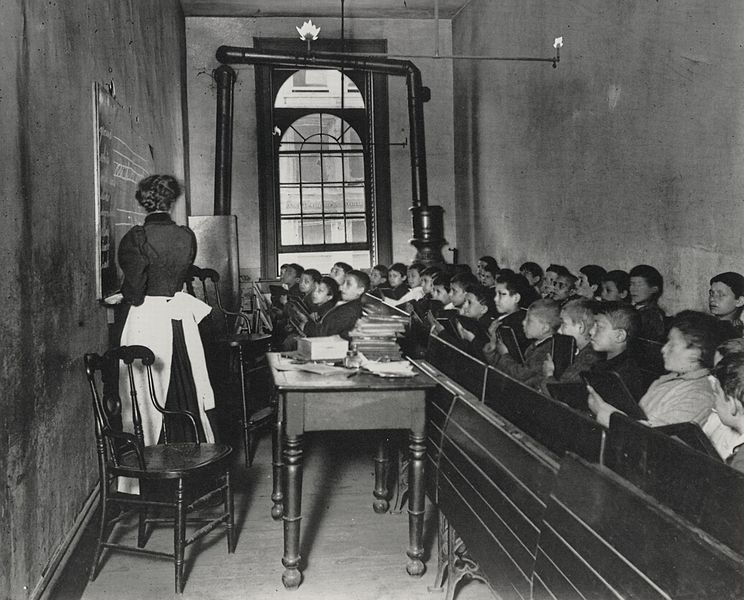There has, of course, been plenty of pushback against Clayton Christensen’s theory of disruption (most notably in Jill Lepore’s 2014 New Yorker takedown), but in a Washington Post editorial, Vivek Wadhwa suggests we don’t even concern ourselves about disproving such a thing when the ground has so significantly shifted in the last 20 years that it can’t possibly be applicable anymore.
Saying Uber isn’t truly disruptive, as Christensen does, because it doesn’t neatly fit within the strictures of his theory, is silliness. Ridesharing + driverless could be the most disruptive economic event of our times, regardless of what a classic model says about it. That new normal will be good and bad, a boon and bane all at once, requiring not just free-market solutions but political ones as well.
From Wadhwa:
Christensen says that Uber and Tesla Motors aren’t genuinely disruptive, not fitting the tenets of his theory of disruptive innovation. In that, the competition comes from the lower end or an unserved part of a market and then migrates upward to the mainstream market. He says that Uber has gone in exactly the opposite direction by building a position in the mainstream market and then addressing historically overlooked segments. And Tesla Motors can’t be disruptive because it is tackling the high end of the car market. “If disruption theory is correct, Tesla’s future holds either acquisition by a much larger incumbent or a years-long and hard-fought battle for market significance,” say Christensen and his co-authors in the paper.
Christensen’s disruption theory is not correct. The competition no longer comes from the lower end of a market; it comes from other, completely different, industries. For the taxi industry, Uber came out of nowhere. At first Uber tried competing with high-end limousines. Then it launched UberX to offer cheap taxi service. Now it wants it all. Through UberFresh, it is piloting same-day grocery delivery; through UberEats, it promises lunch in 10 minutes. Uber is challenging supermarkets, Amazon.com, and the catering industry — all at the same time. With UberHealth, it is planning to bring flu shots to people in need. When Uber finishes writing the software for its self-driving cars, it will create a genuine tsunami of disruption in every industry that depends upon transportation.
Tesla has already proven the superiority of its electric cars. Now it is changing their economics.•




